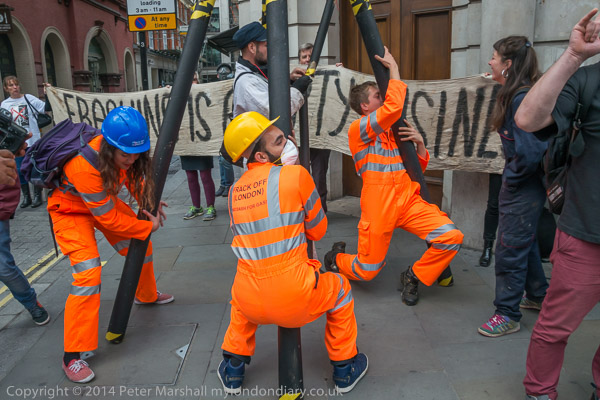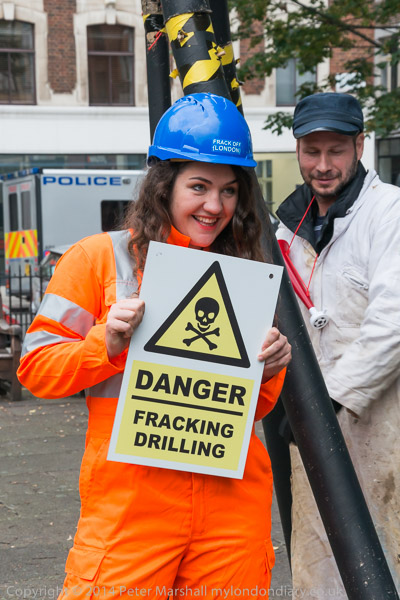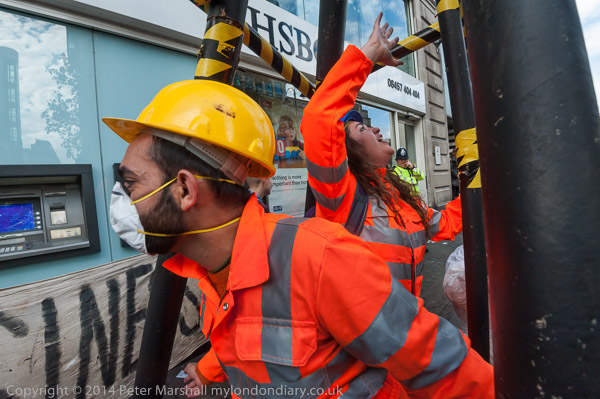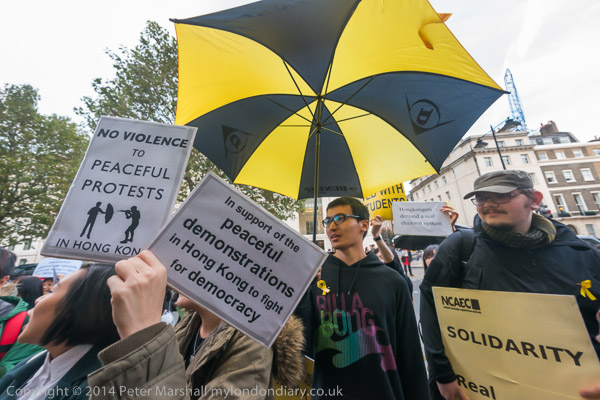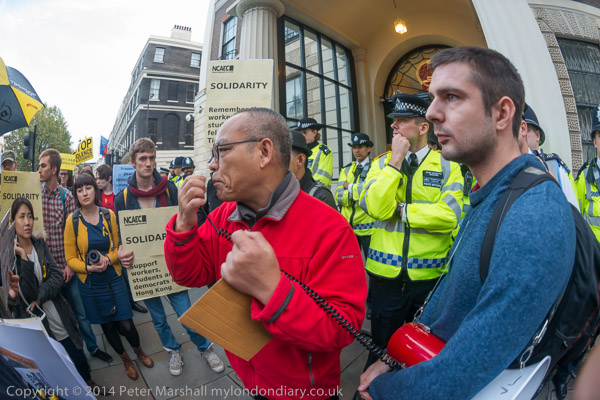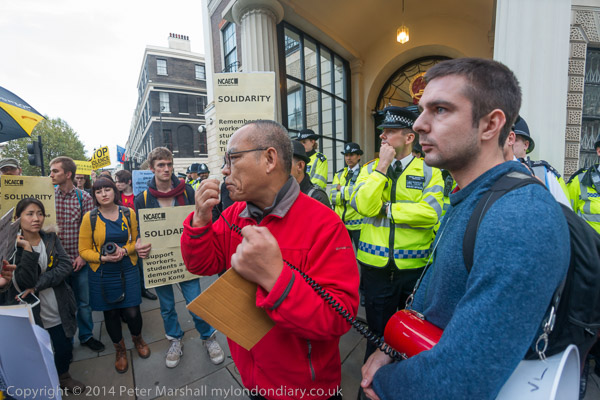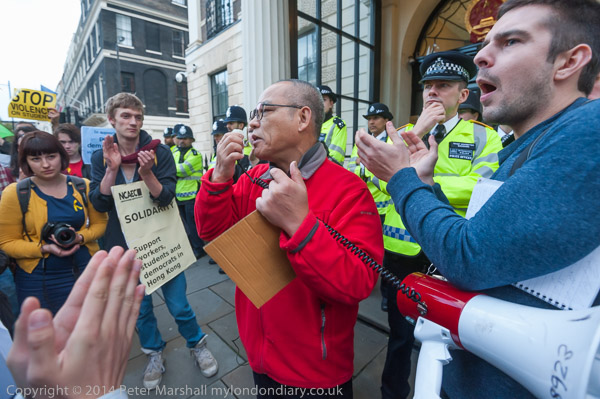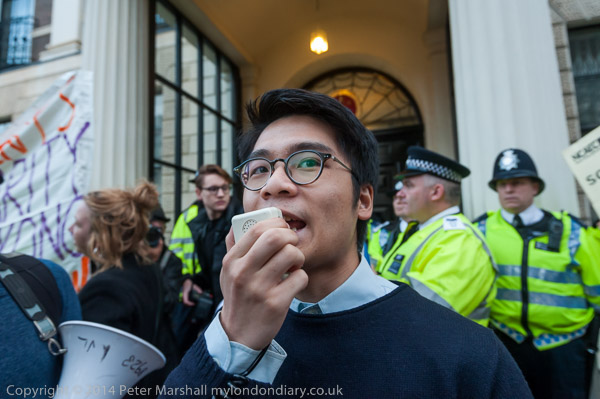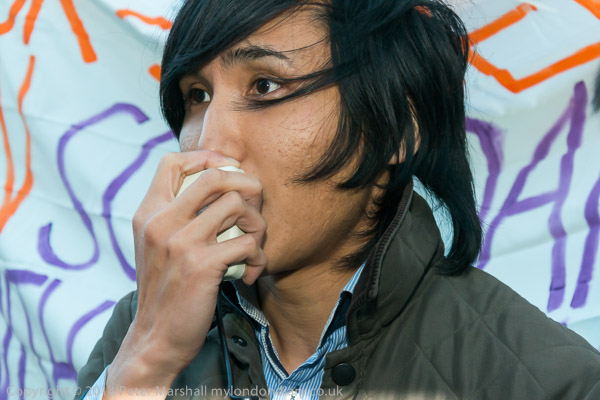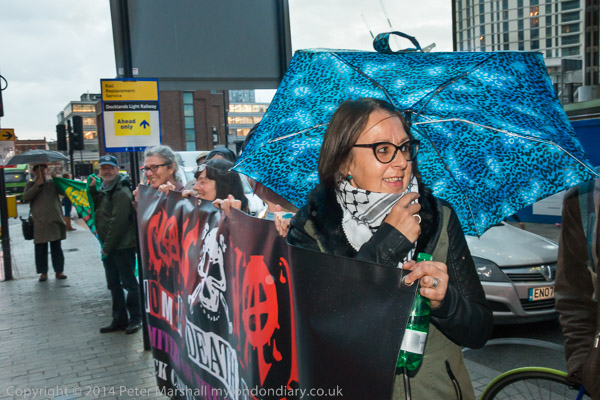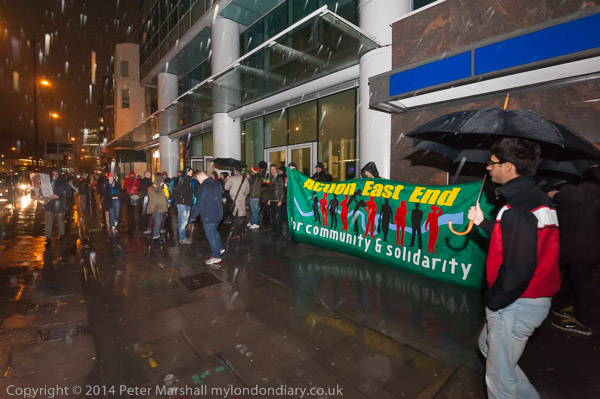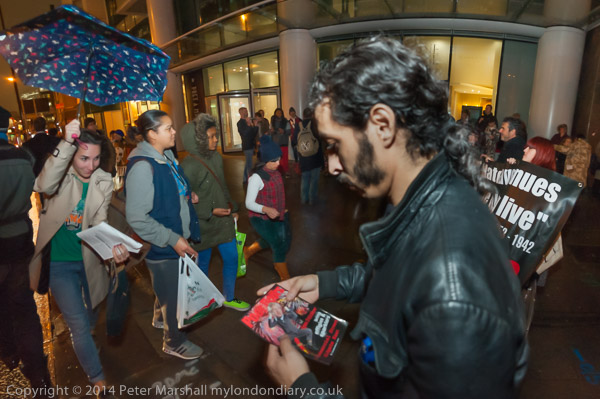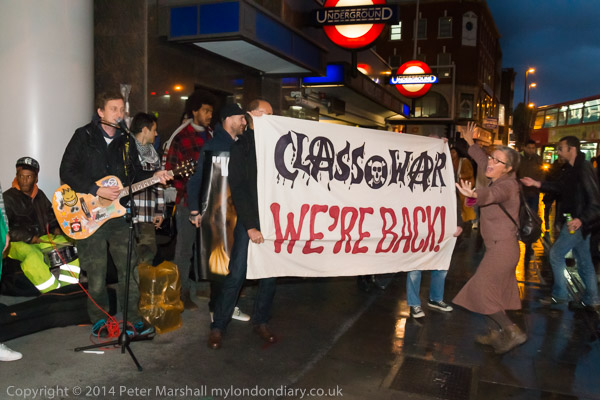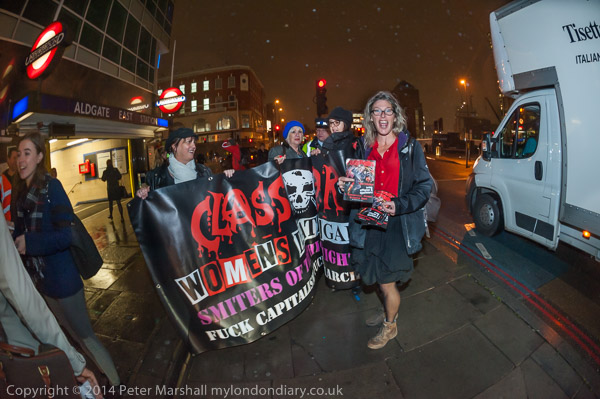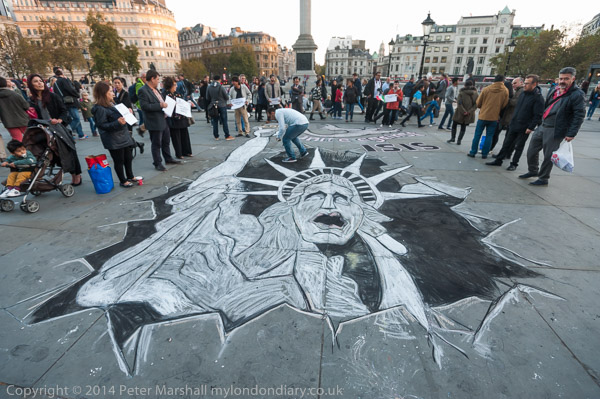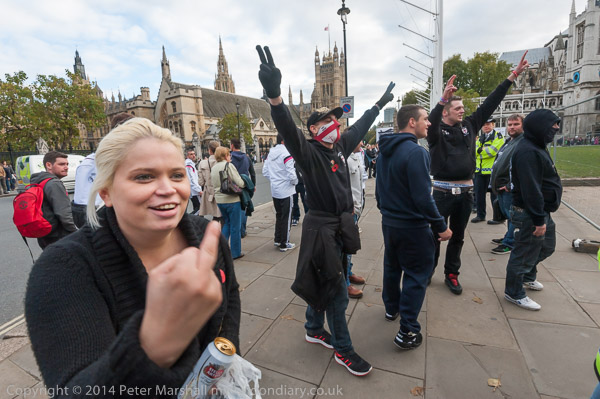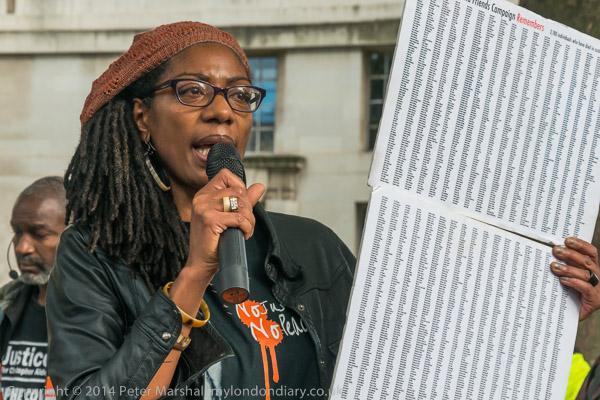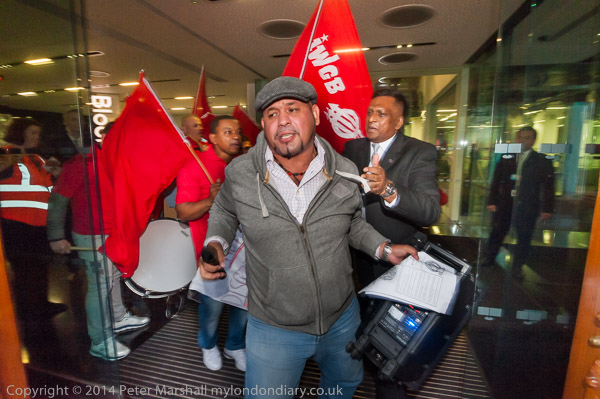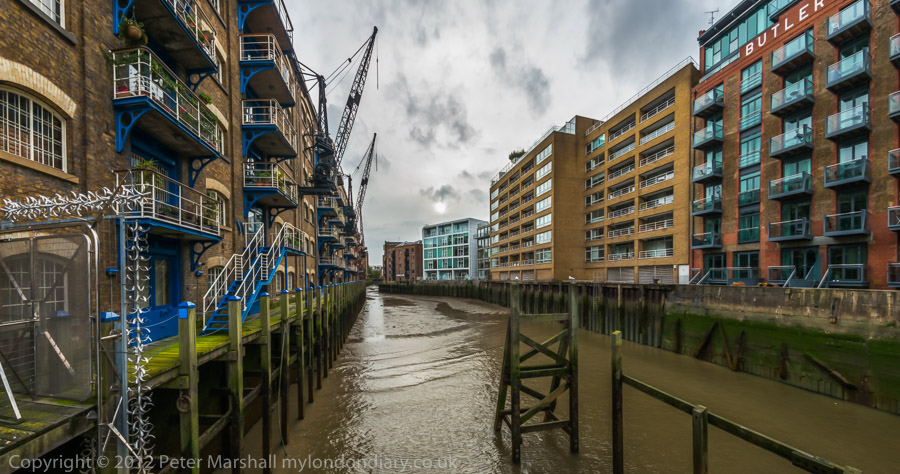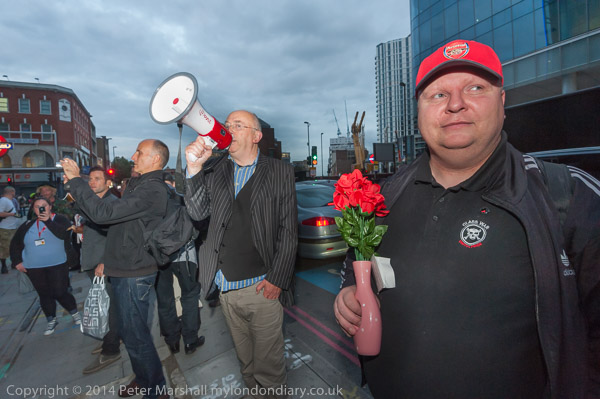
Not a Christmas image – but the one I chose for my Christmas card. Candlelit vigil for Michael Brown, US Embassy, London. Nov 26, 2014
Those who know me will know that I abhor the idea of limited editions of photographs. It’s something that to me goes against the whole grain of our democratic medium, one that has reproducibility at its very heart.
When I made a few screen-prints, these were truly limited editions, starting with a pile of perhaps fifty blank sheets of paper. Usually rather fewer as quality paper isn’t cheap and I was never rich. The first screen image went on every sheet, often just a background colour, but as the print was built up over a series of up to a dozen printings, registration errors and other printing faults reduced the number of usable sheets. At most I had two screens, although one was quite large and might have a couple of the images on it, but by the time I made the final printing, some of the earlier images had been scrubbed off, and there was no way I could print more without making a whole new set of screen images from the set of negatives. These truly were limited editions, and the finished prints more or less identical. Those that were not were scrap.
There are a handful of negatives from which in the darkroom days I made more than a dozen or so prints. But I never went into the darkroom and made more than a handful at a time, and even those were never quite the same, as each involved an individual performance of the dodging and burning and other tweaks that led to a fine print. The only real way to print a proper edition would have been to have made a corrected copy negative and print from that. Which of course a few people did with processes such as dye transfer. When we moved to digital printing, making editions became easy, but of course any limit was purely artificial. Digital files don’t wear out.
Limited editions are simply a marketing device and my opposition to them is one reason my work isn’t available from a gallery, though you can buy images direct. Some of those images I have sold as numbered but unlimited ‘editions’ which I think more accurately reflects photographic practice. The numbers involved have so far largely been single figures.
But I have produced a few ‘limited editions’, but only as Christmas cards, and this year’s has been printed and sent out in an ‘edition’ of 24 roughly postcard size pigment inkjet prints on Epson Watercoloour Radiant White to photographer friends, (other people get cards from one of our favoured charities) with another ‘edition’ of 50 as commercially printed glossy postcards. Some of those postcards remain, and if any UK readers would like a copy and e-mail me – my e-mail address is on this page – I will send my postal address for you to send a stamped addressed envelope to. Alternatively you can download the postcard file and print your own copy – for personal use only.
